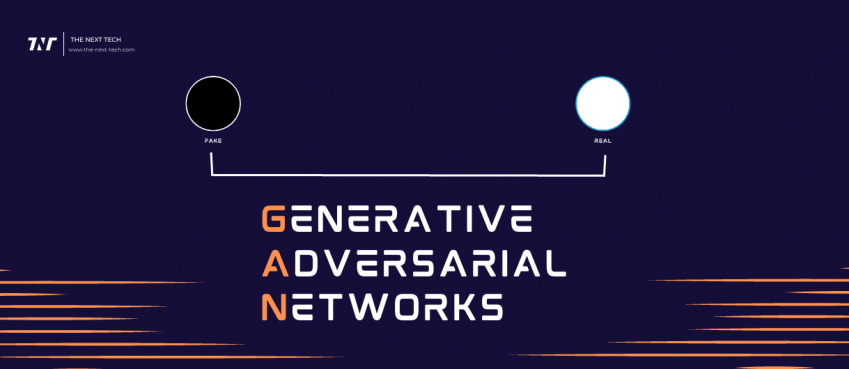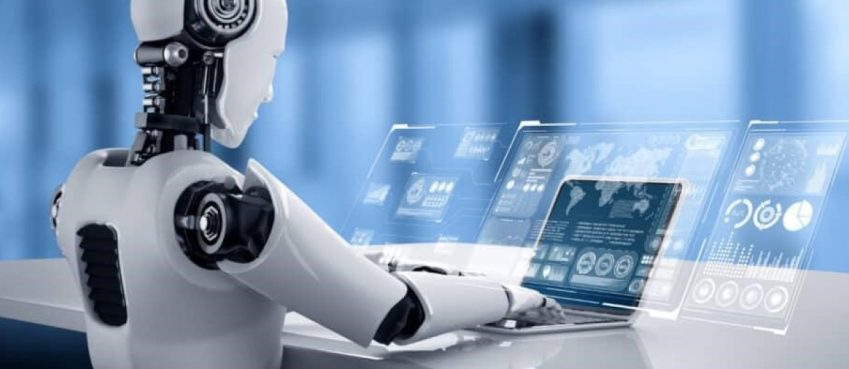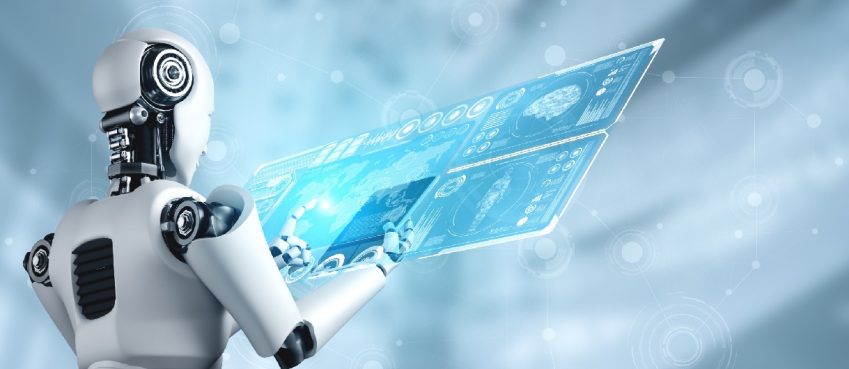
We examine how machine learning techniques can be used to solve handwriting recognition issues
Recent Deep Learning advancements, such as the introduction of transformer topologies, have helped us accelerate our handwritten character recognition. Intelligent Character Recognition (ICR), is a term used to describe the process for recognizing handwritten content. ICR algorithms require more intelligence than ordinary OCR.
This post will cover the challenges of handwritten text identification and the techniques that can be used to tackle them using deep learning and machine learning.
Machine Learning to Handwrite Recognition Applications
Healthcare and Pharmaceuticals
In the healthcare/pharmaceutical industry, patient medication digitization is a serious issue. Roche processes millions of PDFs each day, processing petabytes in medical PDFs. Handwritten character recognition is also important in areas such as patient enrollment and form digitization. Handwriting analysis can be a great service for hospitals and pharmaceutical companies.
Insurance
An insurance company that is large receives more than 20 million documents each day. A delay in processing a claim can have a serious impact on the business. There may be a variety in the claims documents, so relying on only human processing can slow down the process.
Also read: Top 10 Helpful GitHub Storage For Web DevelopersBanking
Regularly, people write checks. They continue to play an important role in most non-cash transactions. In many developing countries, the current check processing method involves staff at a bank to manually enter the information on cheques and verify data like signature and date. A handwriting textual recognition system is a cost-saving tool that can be used to save time and money on bank processing.
Online Libraries
Images of historic knowledge are being digitalized and made accessible to the public by uploading scans. This effort will not be effective if the text within the photos cannot be identified and indexed, queried, and browsed. Handwriting identification is crucial for bringing twentieth-century papers, postcards and research works alive.
Techniques
In the initial attempts to recognize handwriting, ML methods like Hidden Markov Models (HMM), SVM, and others were used. After pre-processing the text, feature extraction is used for identifying key information about each character. This includes loops, tipping points, aspect ratios, and so forth. These features are then passed to a classifier like HMM to get the results. The machine-learning algorithms‘ performance can be limited by the manual feature extraction and their low learning capacity. It is not scaleable because the feature extraction stage for each language is different. The handwriting recognition rate has increased dramatically since the introduction of deep learning.
Challenges in Handwriting Recognition
- There are many variations in strokes, and each person will have their own interpretation.
- The handwriting style of a user can also vary from time to time, and it may be uneven.
- Poor quality has been caused by the gradual degradation of the source text.
- On white paper, people don’t need to write text in one direction. However, text printed on paper is straight.
- With cursive handwriting, it is difficult to recognize characters and distinguish them from one another.
- Handwritten text may exhibit a different rotation than printed text.
- It is more expensive to acquire a dataset that can be used to learn than synthetic data.
Top 10 News
-
01
10 Best Free QR Code Generators in 2023
Monday July 24, 2023
-
02
Top 10 Mental Health Apps For 2023
Friday July 14, 2023
-
03
Being Online: Top 10 Benefits Of Online Banking
Friday May 12, 2023
-
04
Top 10 Essential Tools for Boosting Productivity in Flutter ...
Tuesday March 7, 2023
-
05
10 New & Trusted Z-Library Alternatives (Explore Ebooks...
Thursday February 2, 2023
-
06
10 Amazing Uses For Solar Energy At Home
Thursday January 12, 2023
-
07
Top 10 Profitable Education Business Ideas for 2023
Friday December 23, 2022
-
08
10 Best Hoverboards For Kids & Adults In 2023
Tuesday December 13, 2022
-
09
Top 10 WordPress Plugins For Bloggers
Thursday December 8, 2022
-
10
12 Pocket-Friendly And Best Kids Scooters (February 2023)
Friday December 2, 2022






